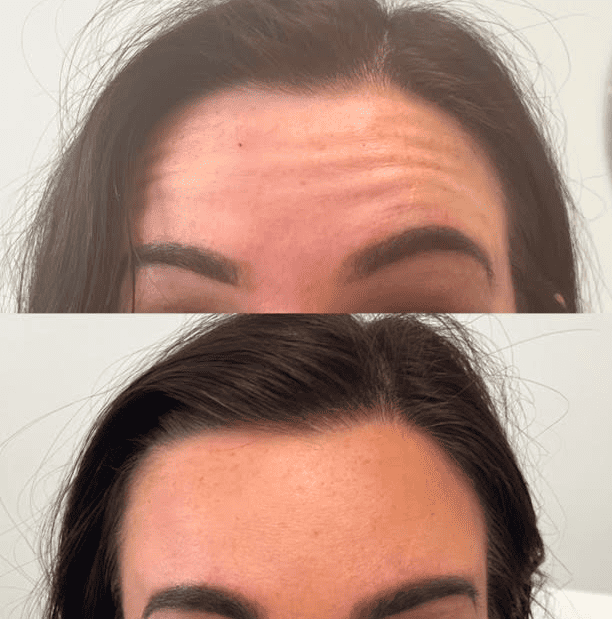When it comes to anti-ageing, there are lots of treatments available, however, a dilemma can come in with botox and dermal fillers, they both work for anti-ageing, but which is better?
Before we go into which is the best, first let’s take a look at what they both are:
Botox
Botox injections has been a popular treatment for decades. It’s often used as a cosmetic treatment for anti-ageing purposes, particularly to reduce the appearance of wrinkles and fine lines on the face. Botox works by temporarily relaxing the muscles that cause these wrinkles, resulting in a smoother and more youthful-looking appearance.
Botox is most effective for treating wrinkles and lines that are caused by muscle movement, such as those around the eyes (crow’s feet), forehead, and between the eyebrows (frown lines). It is less effective for wrinkles and lines that are caused by other factors, such as sun damage or loss of skin elasticity.
How long does botox last for?
While Botox can be an effective treatment for reducing the appearance of wrinkles and fine lines, it is important to remember that it is a temporary solution. The effects of Botox typically last 3-4 months and require repeat treatments to maintain the desired results. Additionally, Botox does not address other signs of ageing, such as sun damage, uneven skin texture, or loss of skin volume.
Overall, Botox can be a good option for those looking to temporarily reduce the appearance of wrinkles and fine lines, but it is not a permanent solution and may not address all signs of ageing.
Dermal Fillers
Dermal fillers can be a good option for anti-ageing, as they can help to restore volume and fullness to areas of the face that have lost it due to the natural ageing process. As we age, our skin loses collagen and elastin, which can lead to sagging, wrinkles, and folds. Dermal fillers can be used to fill in these areas and create a more youthful appearance.
There are many different types of dermal fillers, each with its own unique properties and benefits. Some of the most commonly used fillers include hyaluronic acid fillers, such as Juvederm and Restylane, which are designed to mimic the natural hyaluronic acid found in the skin. These fillers can be used to smooth out wrinkles and fine lines, as well as add volume to the cheeks, lips, and under-eye area.
Other types of fillers include collagen-based fillers, your dermatologist or cosmetic surgeon can help you determine which type of filler is best suited to your needs and goals.
How long do dermal fillers last?
While dermal fillers can be effective for anti-aging, it’s important to keep in mind that they are not permanent solutions. Most fillers last between six months to two years, depending on the type of filler used and the area treated.
So which is better?
Dermal fillers and Botox are both popular treatments for anti-aging, but they work in different ways and are used for different purposes.
Dermal fillers are typically used to add volume and fullness to areas of the face that have lost it due to the natural aging process. Botox, on the other hand, works by temporarily paralyzing the muscles that cause wrinkles and fine lines.
Which treatment is best for you will depend on your specific needs and goals. If you are concerned about wrinkles and fine lines caused by lost volume, dermal fillers may be a good option. If you are concerned about dynamic wrinkles caused by muscle movement, Botox may be more appropriate. In some cases, a combination of both treatments may be recommended to achieve the best possible results. It’s important to consult with a qualified provider to determine the best treatment plan for you.
If you’d like to see which one is best for you, get in touch today.



